While driving along Via Giuseppe la Loggia, I caught a glimpse of the famous Agrigento Valley of the Temples. It was the Temple of Juno I noticed first but it was not until the Temple of Concordia came into view when I was taken by how seemingly easy it was placed up on the ridge. Though breathtaking even from a distance, it is not until you get up close to the temples where you can truly appreciate their enormous size and the space they command.
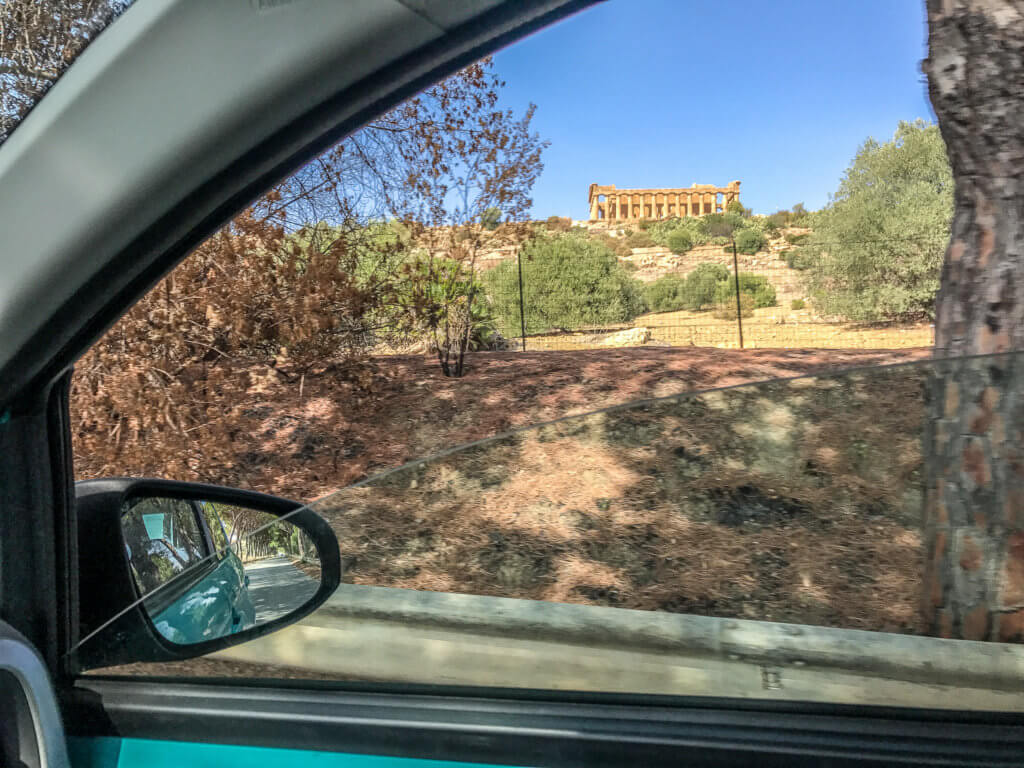
Where is The Valley of the Temples?
Located on the southern coast of Sicily, spanning 1,300 hectares, the ancient Greek city of Akragas proudly perches atop a plateau overlooking the Mediterranean Sea. In Agrigento, The Valley of the Temples is the largest archaeological site in the world and a designated UNESCO World Heritage site.
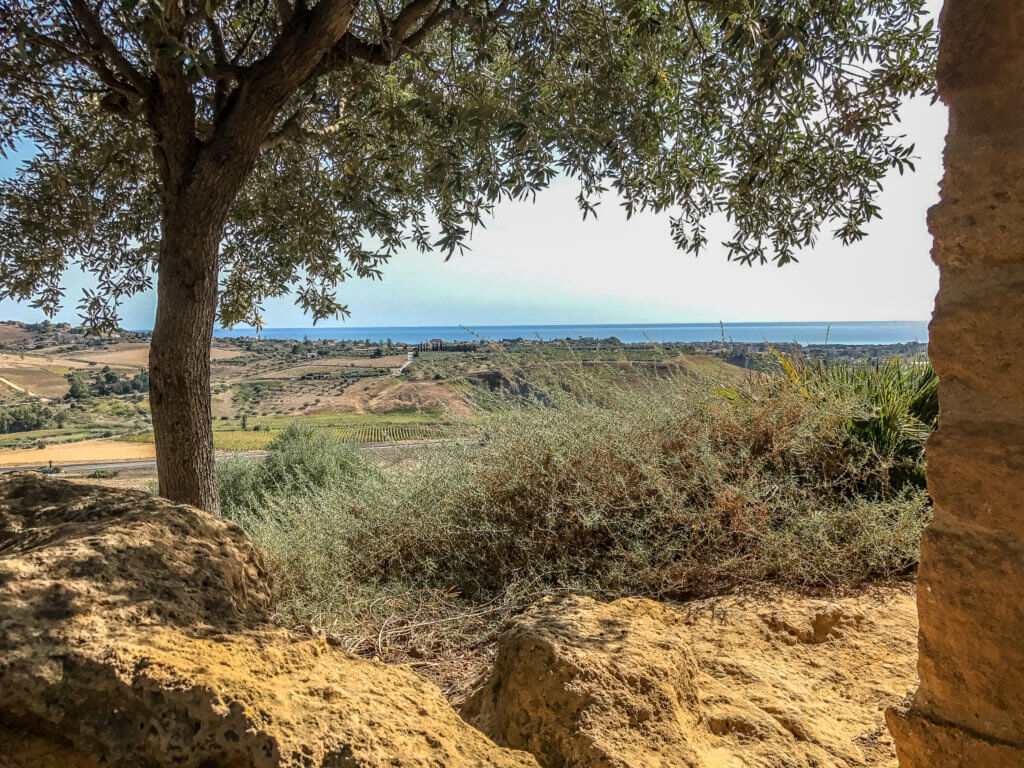
The cultural landscape of The Valley of the Temples displays the best of ancient architecture and agricultural land. Full of history, prestige, and disaster, seven Doric style temples from the sixth and fifth centuries B.C. stand tall in the valley. However, much of the valley lays largely untouched and not excavated.
A bit of history
Ancient Greek colonists from nearby Gela founded Akragas around 582 B.C. Not long after its first settlement, the acropolis flourished under tyrants Phalaris and later Theron. However, in 470 B.C. the tyranny was replaced by a democracy. During this time, the actions of philosopher Empedocles were dominating and there was a new upswing in building activity.
Theron designed and built extensive public works throughout the valley. Subsequently, the construction of an impressive underground system of aqueducts and an artificial lake became part of the Acropolis. The aqueducts still function today.
The Temple of Hercules (Heracles)
Built in 510 B.C., the temple of Hercules is the most ancient in the valley. An earthquake caused its destruction and now consists of just eight columns.
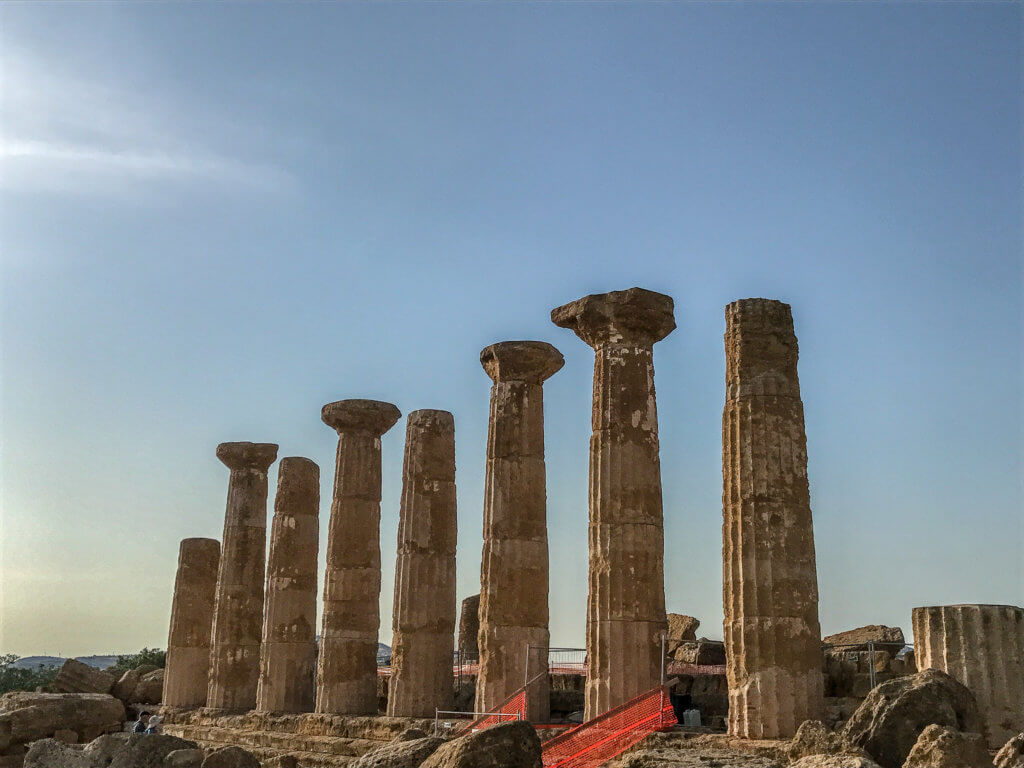

The Temple of Castor & Pollux (Dioscuri)
Today, the symbol of Agrigento is the Temple of Castor and Pollux (Dioscuri). The temple was constructed during the middle of the fifth century B.C. and the remnants are small with only four standing columns.
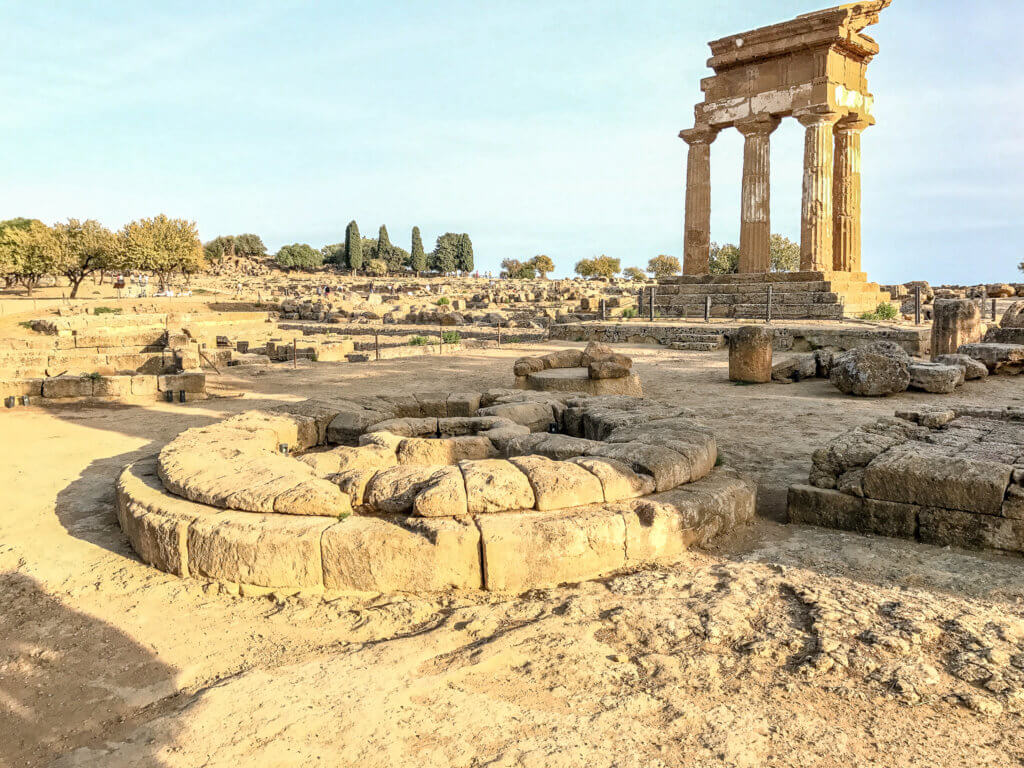
The Temple of Juno (Hera Lacinia)
Similarly, built in the middle of the fifth century B.C., the Temple of Juno is the easternmost site in The Valley of the Temples. Signs of fire remain on the biocalcarenite stone from 406 B.C. when the Carthaginians sacked the city and set the temple ablaze.
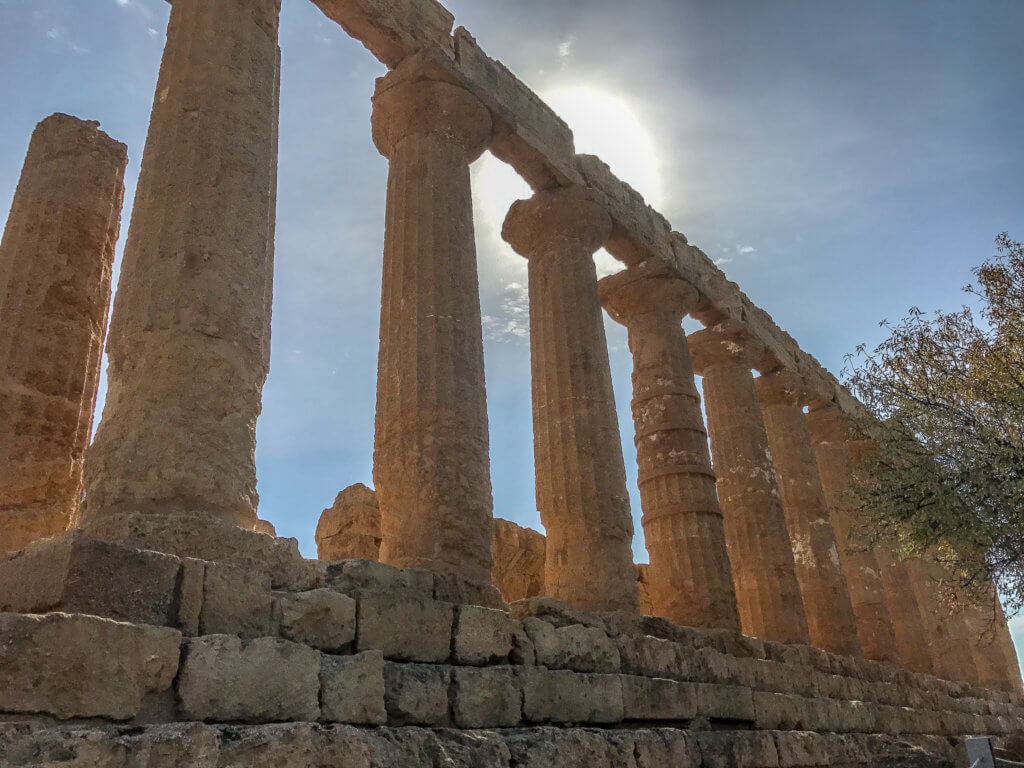
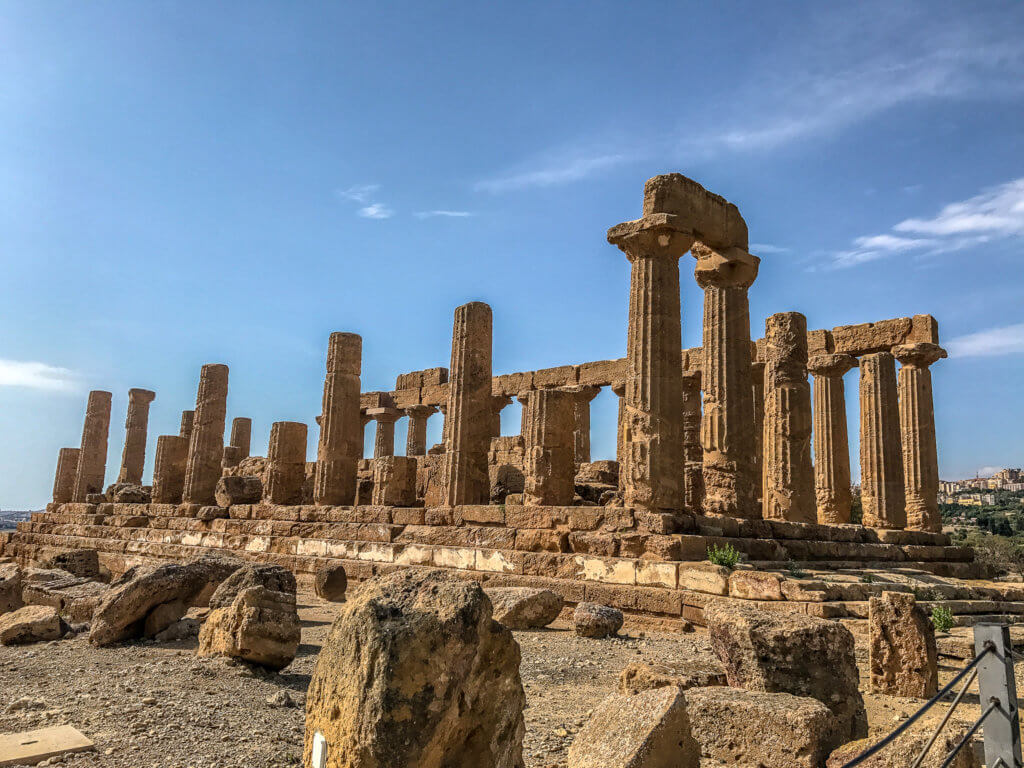
The Temple of Zeus (Jupiter)
The temple of Zeus emerges in 480 B.C. to celebrate the city’s victory over Carthage at the Battle of Himera. Although never built to completion, it is by far the largest temple design. Its demise was earthquakes too but was quarried in the eighteenth century for the construction of the jetties of nearby Porto Empedocle.
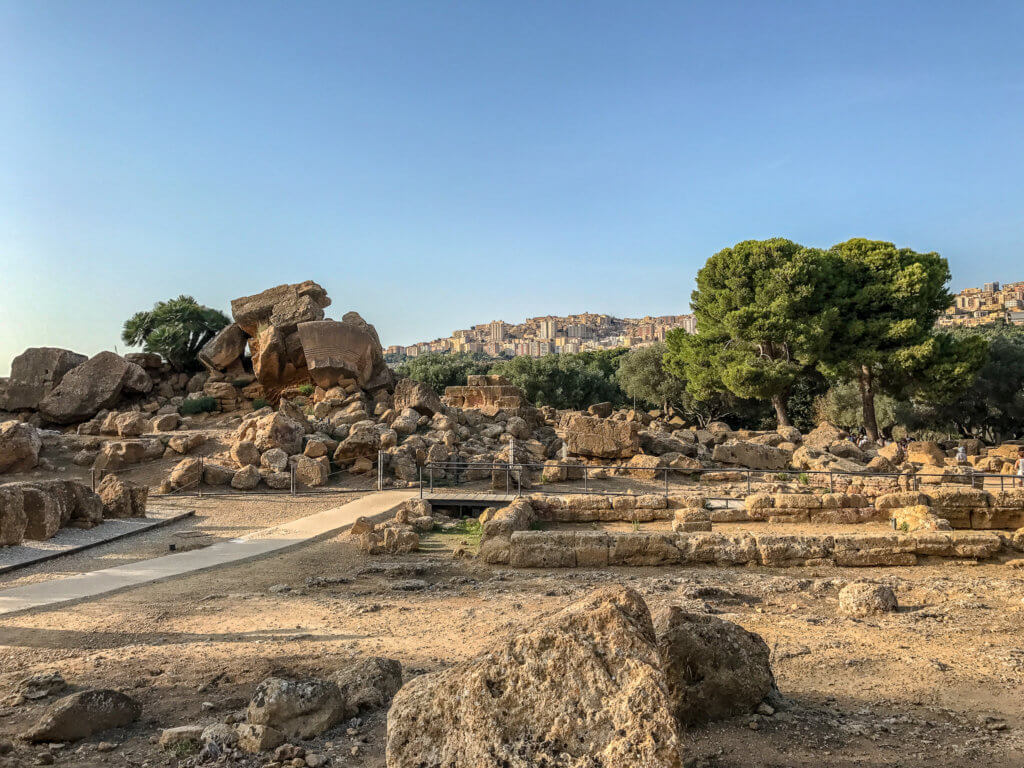
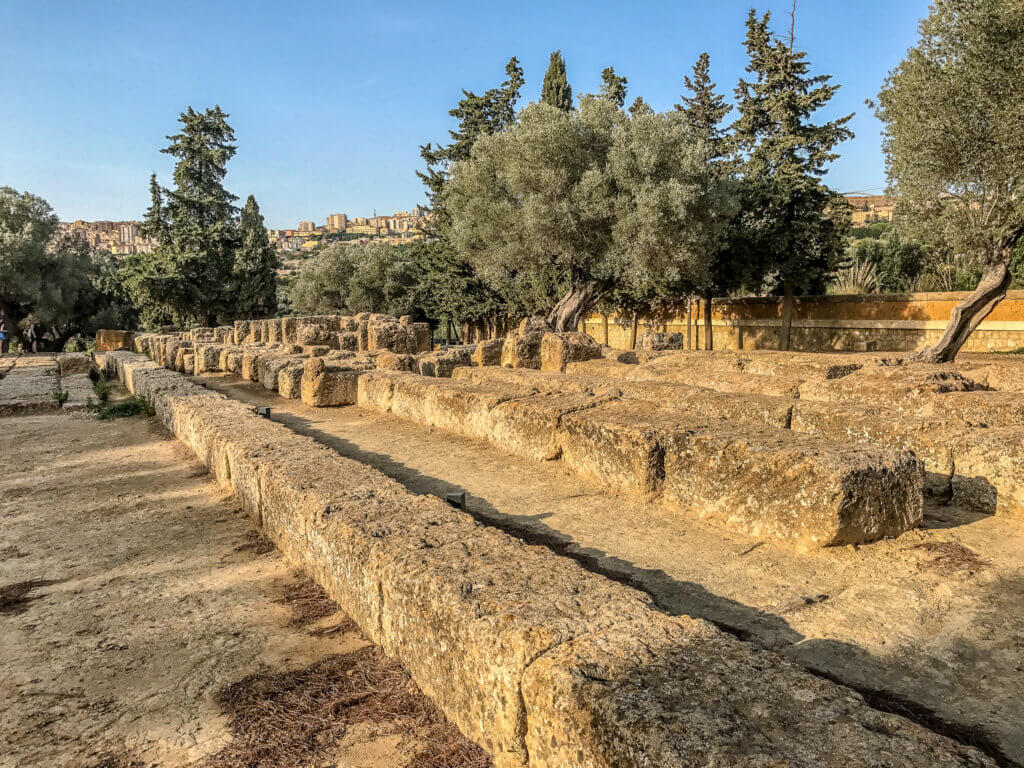

The Temple of Concordia
The temple of Concordia (450-430 B.C.) is the best preserved and most complete temple that remains. This is probably because the early Christians used it as a church in the sixth century A.D.
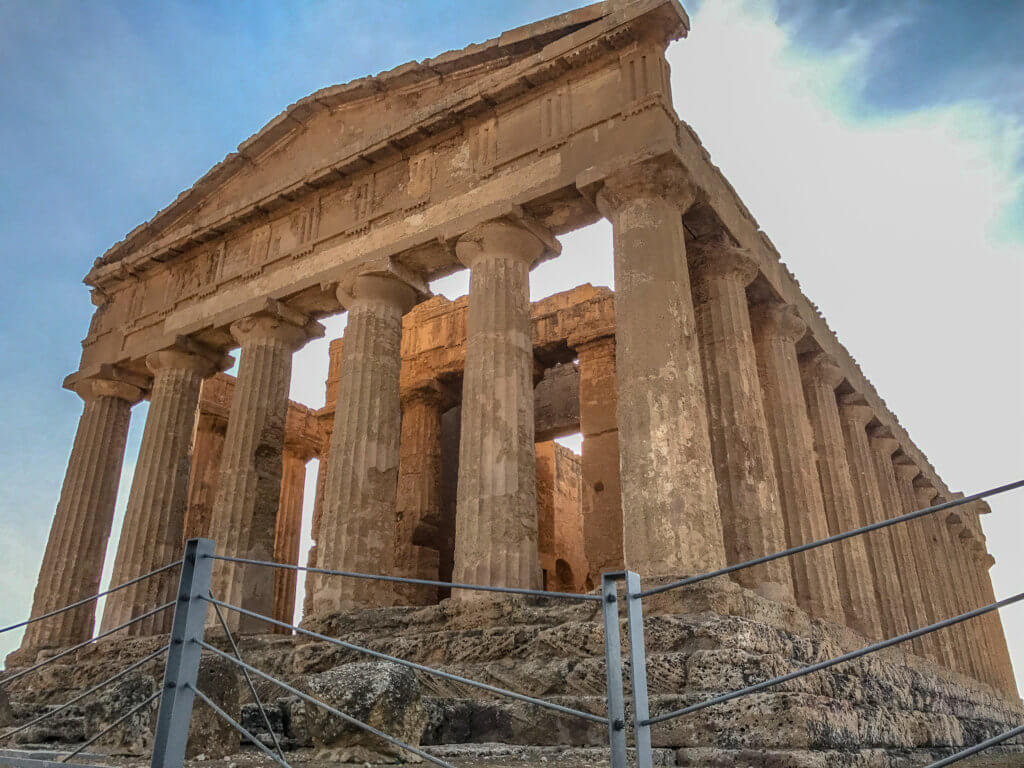
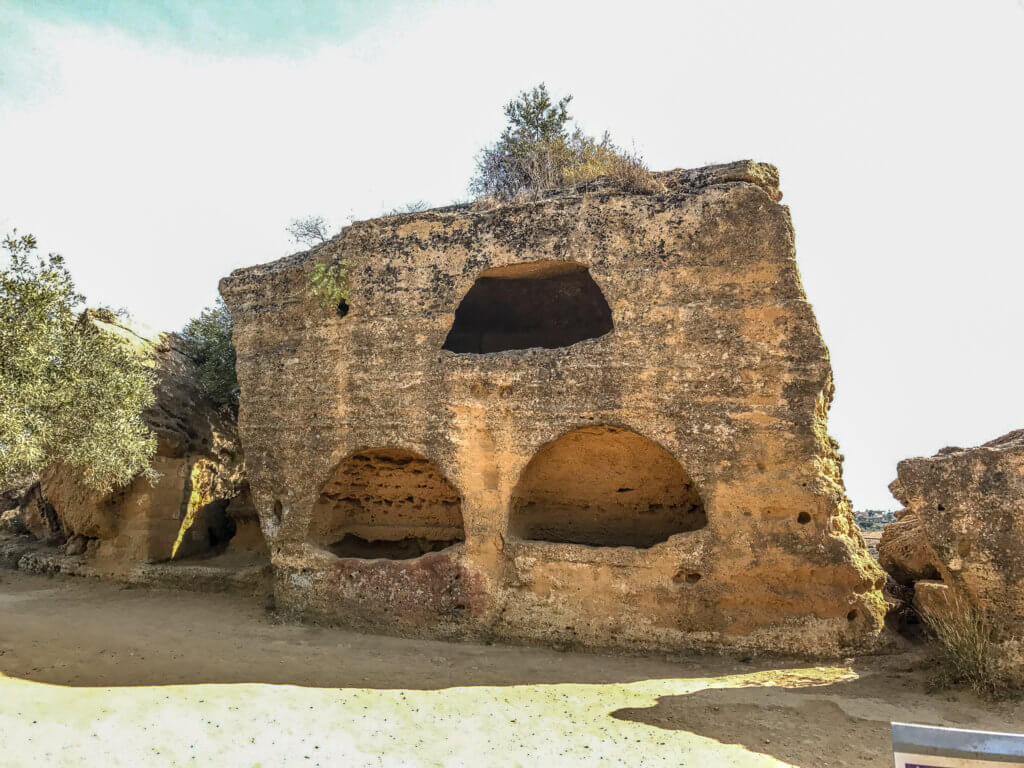
The Temple of Hephaistos (Vulcan) & The Temple of Asclepius (Eusculapius)
At the farthest northwestern point of The Valley of the Temples in Agrigento lies, the most eroded of them. The Temple of Vulcan dating to the fifth century B.C. is thought to be one of the most impressive temples built in the valley. However, only two partial columns remain today. The temple located farthest from the polis, the Temple of Asclepius, was once a bustling center for pilgrims seeking care and advice for illness. Today, only a few remnants remain.
Akragas, Agrigentum, Kerken & Gergent
Although the ancient Greeks enjoyed a long period of decadence, the ancient city also housed the Romans, who called it Agrigentum. While the Arabs named it Kirkant and the Normans called it Girgenti, Benito Mussolini introduced the current Italianized version of the Latin name in 1927. However, in 2016, the historic city center was renamed to the Sicilian name, Girgenti.
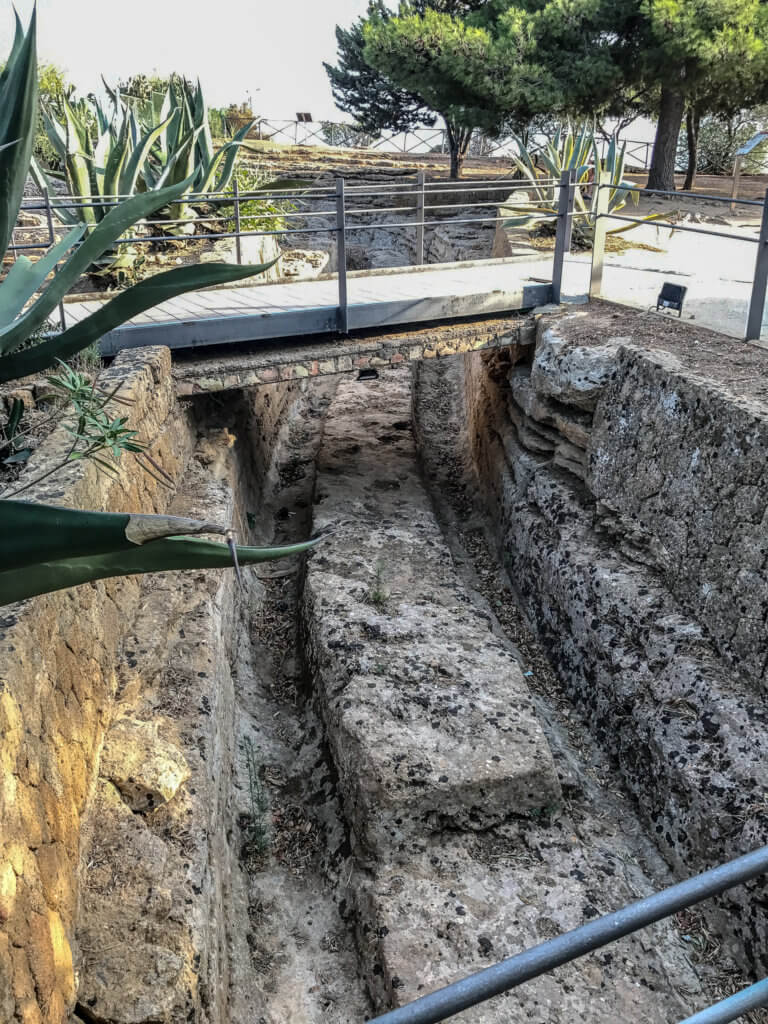
Beginning in the ninth century, the Berbers greatly enhanced and enlarged the ancient city by planting citrus, vegetables, fruit and nut trees. The garden, Kolymbethra, still thrives today where the Theron-constructed artificial lake flowed more than 1,000 years ago. Olive groves and almond orchards still surround the valley, with a living museum of the almond tree.
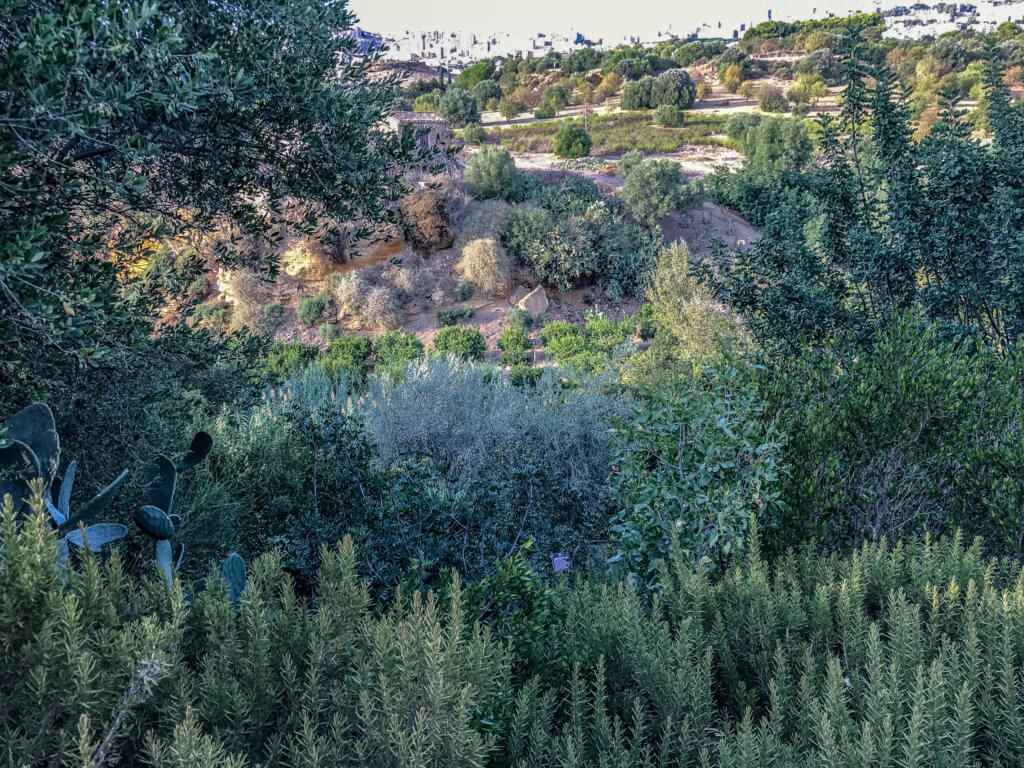
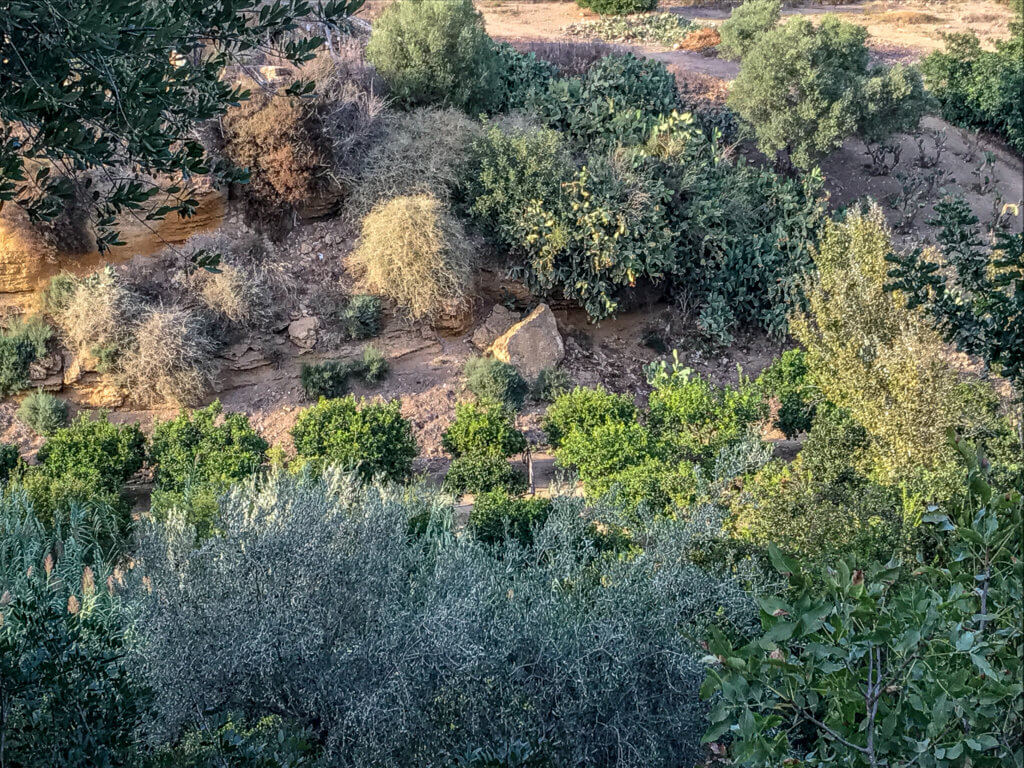
Past & Present
Ancient beings are also roaming the land near the temples. Girgentana goats are medium in size with long, thick, white fur and unmistakably long, super cool spiraled horns. They are thought to have been introduced to Sicily in the eighth century by the Arabs. Once a breed of over 30,000 in the province of Agrigento sadly, less than four hundred
A more recent addition to the Valley remains though. A singular bronze sculpture by Igor Mitoraj lays near of the Temple of Concordia. In 2011, the Valley of the Temples hosted an exhibit by Igor, where mythological Gods Venus, Eros, Icarus, and the Centaur were on display. Today, the fallen Icarus is the only remaining sculpture.
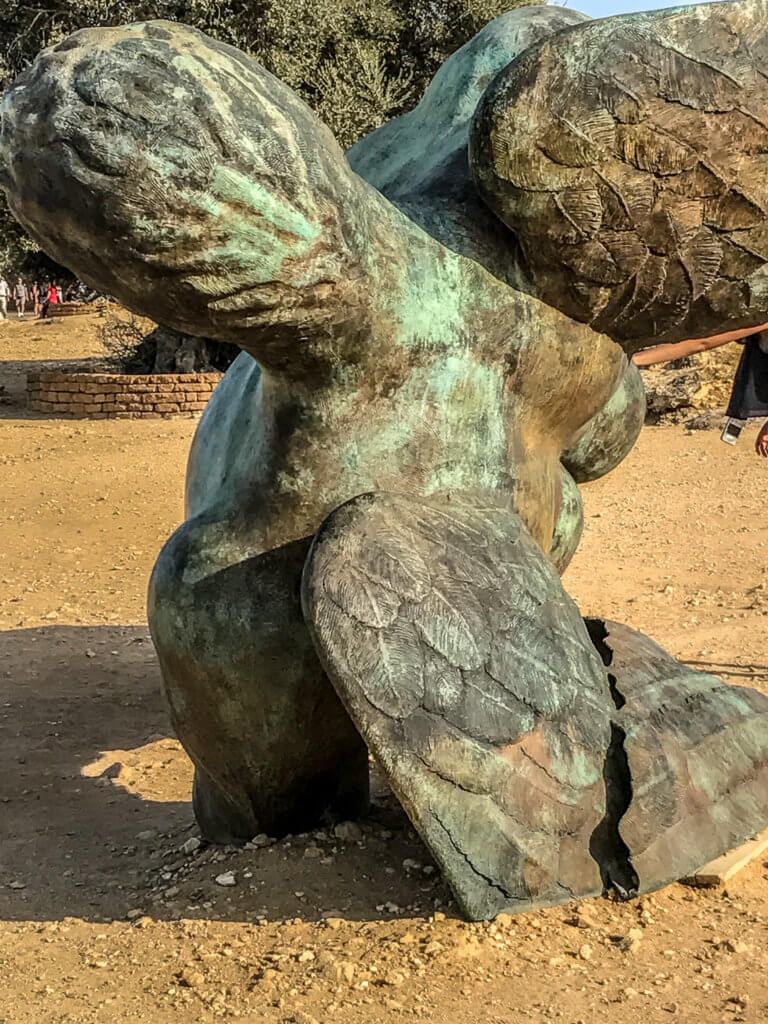
If you visit
Plan to spend a good amount of time roaming around the ancient ruins. Give yourself at least two hours as there is a lot to see and even more ground to cover. Between the Temple of Dioscuri and the Temple of Juno is a distance of about 1.1 miles (1.8 km) or more depending on the paths you take. Take into consideration that it gets really hot in the summer months and there isn’t much shade. Spring and autumn are the best times to visit and there are generally less people as well.
Food + Drinks
Within the archaeological park, a cafe serves up a variety of Sicilian staples. While I indulged in a simple but delicious prosciutto panino (I can’t help myself!), arancini, coffee, and cannoli were on offer, among other local favorites. For something a little more substantial, venture into Agrigento city center or a nearby agriturismo for a local dining experience.
Parking
There are two lots for parking, one at the west entrance (Porta Quinta – Sant’Anna ticket office) and one at the east (Temple of Giunone ticket office). I would suggest parking at the west entrance, where you can take a cheap taxi up to the east entrance. You will be able to purchase your tickets then start at the Temple of Juno. From there, you will head downhill through the rest of the park, finishing at the west exit, which leads straight to the parking lot.
Getting to the Temple of Vulcan and the Temple of Asclepius
I did not make it to the Temple of Vulcan or the Temple of Asclepius due to the distance and time. The Temple of Vulcan is best reached through the Kolymbethra garden, although it can be accessed outside of the park, through the west exit.
The Temple of Asclepius is also a bit of a hike. It is about a 20-minute walk from the park’s western exit, but I think you can drive up to the site if you would like to visit. Heading east on Via Giuseppe la Loggia, there is a sign for the Temple of Asclepius on the right.
If you are traveling west, there is not a sign and you can miss the turn. The dirt road only marked by a large tree, is on the left, not long after exiting the tree tunneled portion of Via Giuseppe la Loggia.
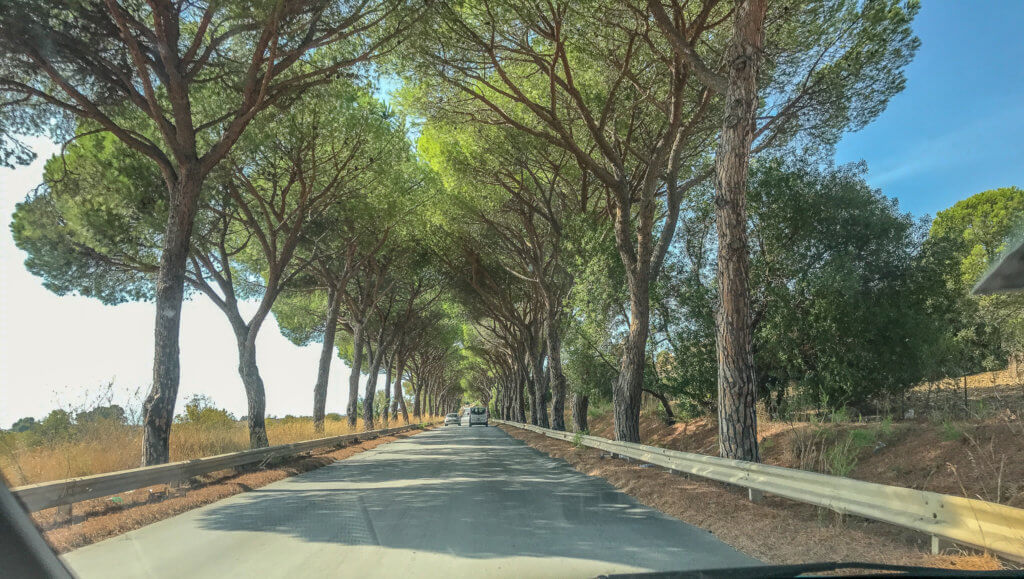
Entry Options
There are a handful of ticketing options, including combos, if you would like to enter the Kolymbethra garden or the archaeological museum. Guided tours, private tours, sunset and night tours are on offer when visiting The Valley of the Temples in Agrigento.
Whatever you choose, I promise you will not be disappointed with the ancient city. Are you visiting Sicily? Share your thoughts with us in the comments section below!
If you have time, visit nearby Scale
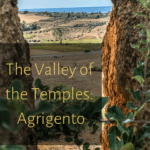



Leave a Reply